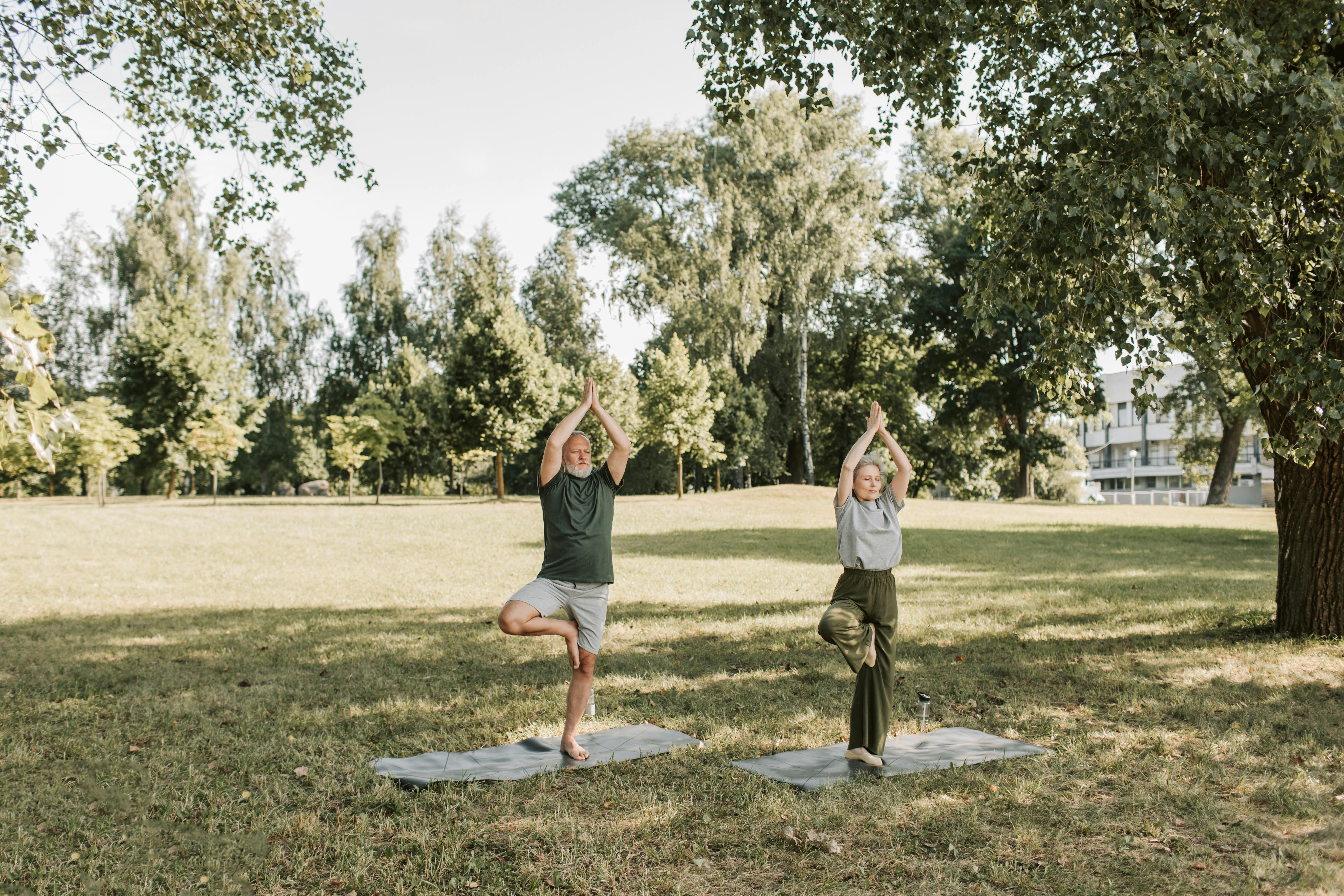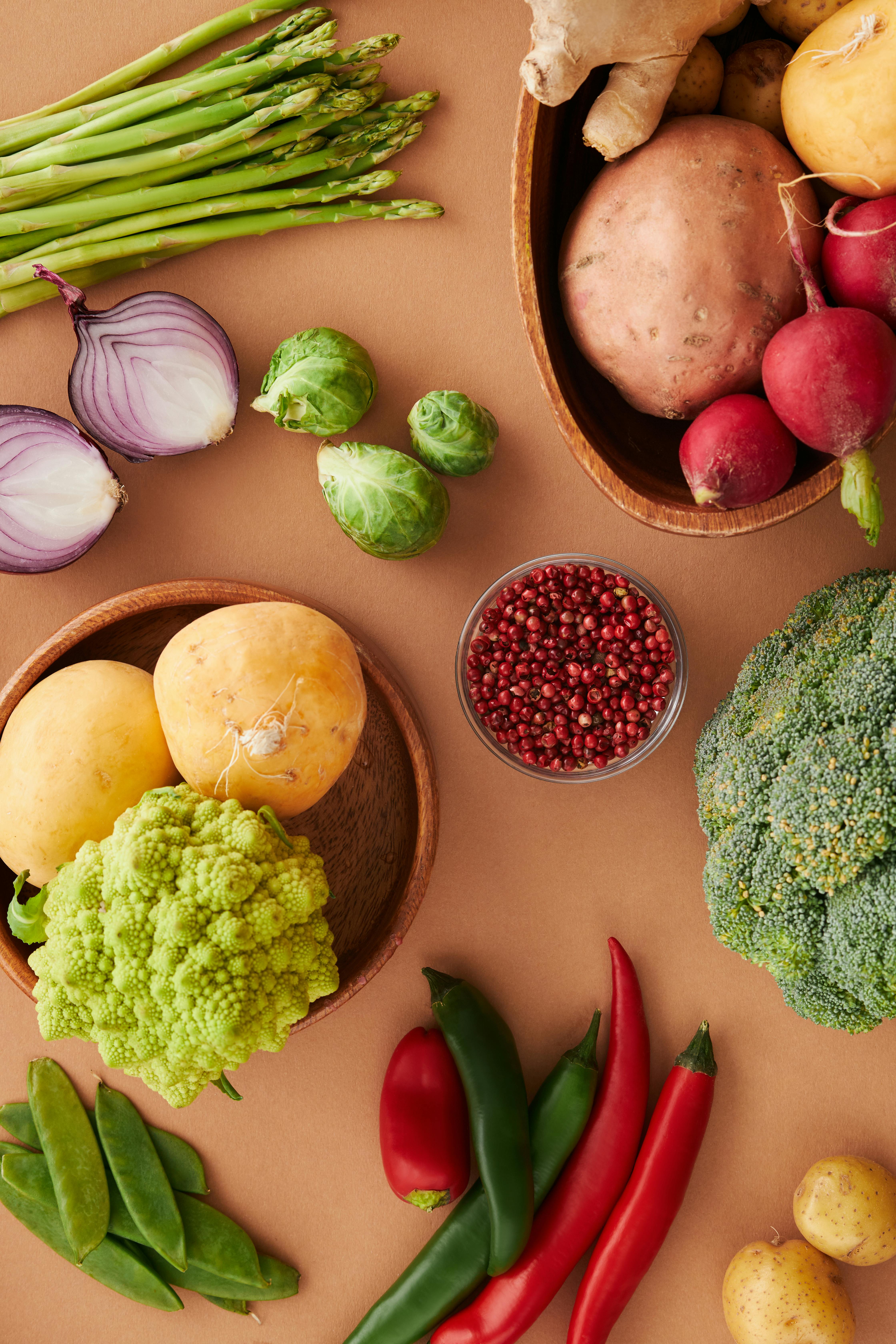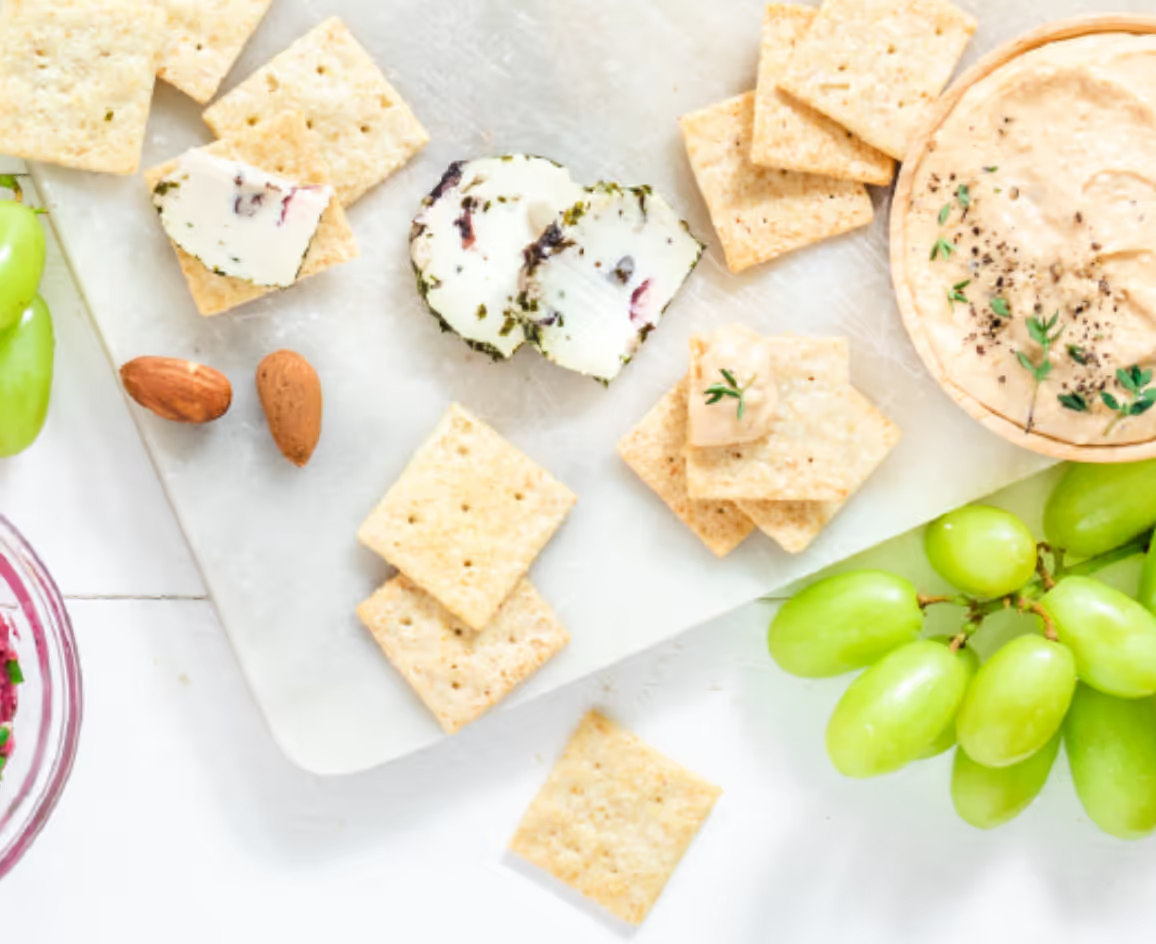What is ceremonial cacao and isn't that just a fancy name for chocolate?
The benefits of the right kind of cacoa.

A primary care membership for patients who want more. Primary Care. Nutrition. Wellness. All under one roof.
Leslie Purchase MD studied biology, philosophy, and medicine at Johns Hopkins University, Kings College London, and Temple School of Medicine respectively. Her education began when after giving birth to her three children she was diagnosed with triple-negative breast cancer. Two years later she cared for her daughter Olivia as she journeyed with brain cancer. These experiences as a physician, patient, and caregiver give her a holistic view of the impacts of a cancer diagnosis and treatment not only on the one who has the diagnosis but on the community of support around them as well.
What is cacao?
Ceremonial cacao is a minimally processed, unsweetened chocolate product that retains the nutritious and psychoactive qualities of the plant. It can be made into a delicious elixir that retains most of the nutritious and psychoactive compounds found in the plant.
Theobroma cacao is the scientific name for the plant from which both chocolate and cacao derive. The seeds found in the fruit pods of the plant are the source. Chocolate, as we commonly consume it, is the outcome of many steps of processing that strip the seeds of much of their nutritional and psychoactive properties. In general, the less processed the food, the more nutrition is retained. Ceremonial cacao, specifically Keith’s ceremonial cacao, adheres to that ethos.
Both chocolate and cacao begin with harvesting the seeds from the fruit pod and leaving them to ferment. The beans are usually roasted, peeled, and milled, becoming cacao paste. The cacao paste meant for industrial chocolate production is then heated to high temperatures and undergoes a process of pressing, which separates the cacao butter (or fats) and the powder (which can be further processed to become cocoa powder). Some of the powder and fat are then combined with other fats, sugars, and additives to produce what we commonly consume as chocolate. The cacao paste that becomes Keith’s ceremonial cacao is packed into bricks for shipping.
Theobromine is a well-studied compound in cacao. It lowers blood pressure and increases blood flow to all the tissues. This may account for why cacao has so many disparate positive effects. Many people consume cacao before engaging in creative work or as a concentration aid for studying or taking tests. Athletes and gym goers may consume cacao as a pre-workout drink to fuel an excellent performance in the gym or on the field. Cacao may also allow for a deeper meditation. It can also be helpful before journaling or therapy sessions to create a feeling of spaciousness. Cacao will beautifully follow your intentions for the day and assist you no matter what they are.
Cacao is also rich in flavonols, which can help the body fight off oxidative stress. Oxidative stress can damage cells and tissues, leading to aging and diseases like diabetes, cancer, and Alzheimer's. The foods we eat can act as medicine, countering these oxidative stressors.
Additionally, cacao is rich in magnesium, a vital mineral necessary for healthy muscles, bones, and immune function. Many people do not consume enough magnesium in their diet, so adding cacao is an easy way to supplement.
While cacao has been used in a ceremonial way for thousands of years, there is no surviving historical tradition. Cacao invites us to form a relationship with it in a way that works for us. It provides an opportunity to create rituals and traditions and to drink with intention. Whether that means lighting a candle and sitting quietly or dancing and signing, there are many ways to enjoy consuming cacao. People can also combine cacao with other healing modalities and other plant medicines. It is also a beautiful tool for integrating other work, allowing you to get a full benefit from it.
How to enjoy a cup of cacao?
When you receive your cacao, it will be in a solid brick. Using a cheese grater, chopping it finely with a knife, or using a food processor, break the brick into the tiniest pieces possible. The best consistency is like fine grains of sand. Measure out the cacao utilizing a food scale for the greatest accuracy. One ounce is a daily dose, and one and a half ounces is a ceremonial dose. Add hot water and any sweeteners you may choose. Adding a few sprinkles of Himalayan pink salt can bring out the chocolate flavor. Mix with a small whisk or blender, or ideally, use a handheld milk frother, which gives the best consistency.

If you're curious to learn more about The Lanby, book a free consult call and we'll chat about how The Lanby can be your personalized long term health and wellness partner.

Kendall is a graduate of the University of Mississippi, with a B.A. in Integrated Marketing Communications and a minor in Business Administration. She received her certificate of Nutrition Science from the Friedman School of Nutrition at Tufts University.

Chloe holds a bioengineering degree from the University of Pennsylvania. As a breast cancer survivor, her insights shape The Lanby's patient-centric approach. Leveraging her healthcare strategy background, Chloe pioneers concierge medicine, bridging gaps in primary care.

Tandice was recognized with the Health Law Award and named a Ruth Bader Ginsburg Scholar at Columbia Law School. Tandice's editorial role is enriched by her insights into patient autonomy and gene modification legalities. Passionate about bioethics, she is committed to crafting patient-centric healthcare solutions.





